Decorative paint for walls: most common types and techniques
The concept we have around what decorative painting is dates back to the Renaissance era. A current and cultural movement that emerged in Western Europe during the 15th and 16th centuries, thus marking the beginning of the Modern Age.
However, the true origin of decorative wall painting comes from a long, long time ago. When the first civilizations as a way of communicating and/or recording an event, made different marks and drawings in the caves they inhabited.
A decoration method that has evolved alongside the human being, polishing and perfecting itself to what it is today. In this article, we are going to address the most known types and techniques of a paint that has as many styles as there are cultures in the world.
What is decorative painting?
Decorative painting is a type of painting used to transform the appearance of a surface, regardless of its size, or object. The aim is none other than to beautify the appearance of the existing support and, also in some cases, to reinforce the resistance and durability of the coating on which it is applied.
A material that can be used on surfaces exposed to impacts, such as furniture, tables, chairs, floors, etc, but also on non-walkable surfaces. In this sense, walls are undoubtedly one of the surfaces where decorative paint is most used as a coating. Both in interior spaces of homes and businesses as well as, why not, outdoors. It should be said that this last area of application is smaller, as not all paints are suitable for outdoor applications as they are not resistant to sunlight, water and other weather conditions.
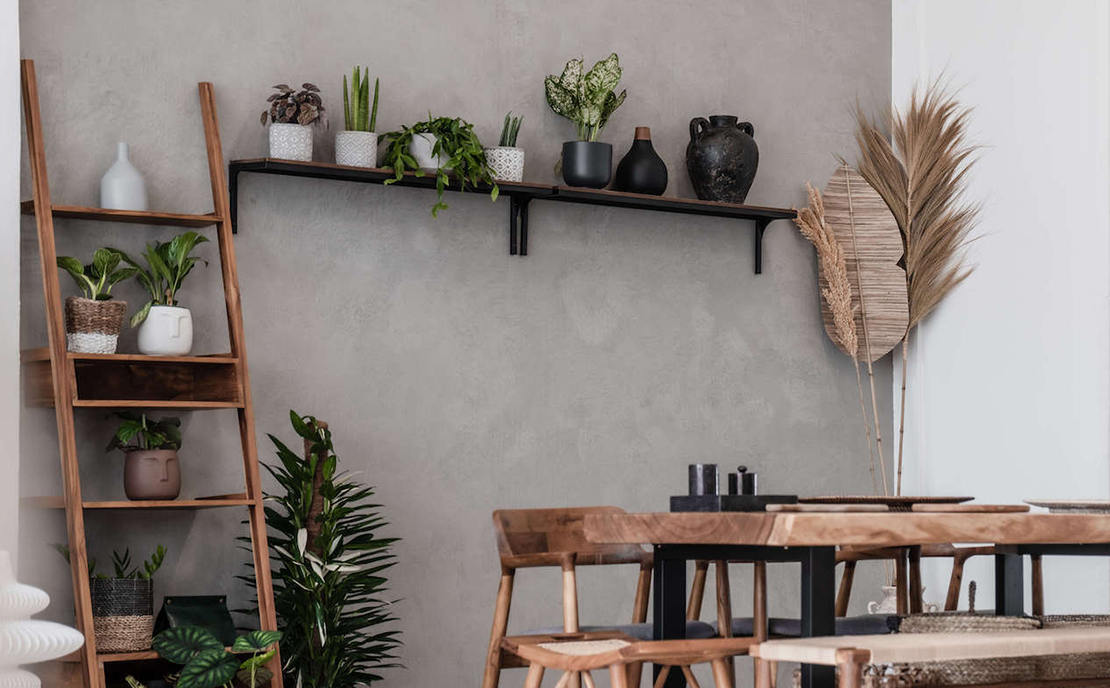
Where to apply the decorative paint
Decorative painting allows for a wide range of styles, designs and textures. Therefore, it is unlikely to repeat the same finishes, as there will always be a nuance that will make the difference between one surface and another. The chosen technique, the colour of the paint and the way of applying the product, each has its own particular procedure, are factors that will distinguish the final finishes.
Although walls are usually the preferred choice for using this technique, the benefits of using this paint extend to ceilings, floors and furniture. In all of them, the use of this product is not limited to giving colour to the surface, but it endows it with personality and style through the created texture.
A decoration technique, with special incidence in interiors, that has become a protagonist in the renovation of rooms, living rooms, kitchens, bathrooms and large commercial premises. Going from being a paint used merely professionally to gaining popularity among individuals who wish to give a second life to their homes.
Advantages of decorative painting for walls
Each decorative painting has specific benefits. Some can be used outdoors as well as indoors, others are capable of creating metallic or rusted finishes, there are also those with waterproof properties, etc. Therefore, it is necessary to evaluate in advance what the needs of each coating are. As obviously a bathroom wall, exposed day after day to humidity, is not the same as a bedroom wall. Factors that we will develop later on.
For now, and in a generic way, we are going to detail the main advantages that these types of paint share.
Wide variety of effects and colours
Painting allows for a multitude of combinations by being able to play with colours, effects and textures. From more conventional proposals to more daring ones to highlight a specific element of the room and draw attention to it. Contrasts that are increasingly in vogue.
Application versatility
Just as creations are virtually infinite, it can be applied on numerous surfaces and rooms. Walls, floors, ceilings, furniture, etc. Indoors and outdoors.
Quick and easy to apply
Unlike other coatings that require removing the existing ones, decorative paint is placed on top completely hiding what is underneath. There are no works, nor debris. A speed to highlight as well as the ease of application. Why complicate things when everything is advantageous?
They protect the new coating
Many paints do not serve a merely decorative function, but also help to reinforce the wall or floor. They protect the new coating from wear, friction, impacts, etc.
Possibility of waterproof and non-slip finishes
As if the advantages seen so far were not enough, it is necessary to underline the waterproof and non-slip finishes that some paints offer. Two increasingly determining factors to bet on this technique.
They are very durable
If applied correctly and used appropriately, they can be very durable and not require the surface to be reviewed with another coat of paint in a short time.
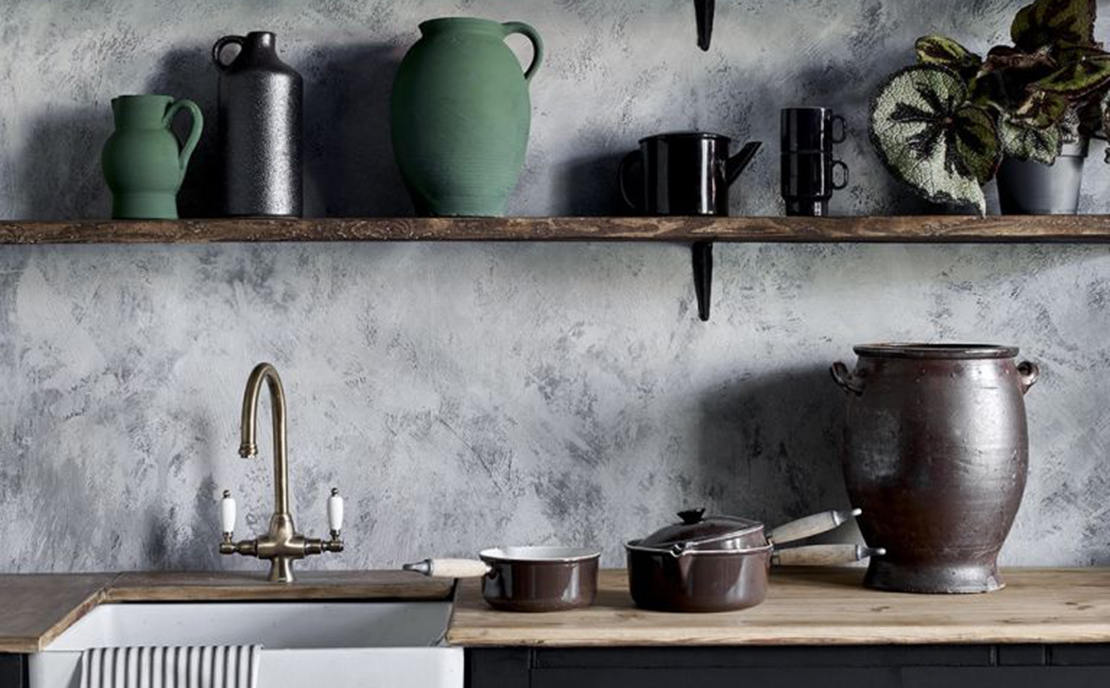
Factors to choose a decorative paint
Which decorative paint to choose? The answer is very simple. The most suitable for the surface where it is going to be applied. That is the most valuable advice. Focusing only on the finish or the colour is a mistake, because each support needs particular properties.
Let's look at the most important factors to consider when choosing one paint over another are as follows:
1. Material to be coated with decorative paint
We just said it. Not all paints fit for the same supports. Because it simply isn't the same to coat wood as a plasterboard wall, for example. So you need to be well informed before buying one or the other.
2. Differentiate walkable surfaces from non-walkable ones
Coating the floors entails more complexity in the long term than the walls, since the former require a paint that is much more resistant to wear by abrasion, impacts, etc. As also happens with furniture.
Likewise, it is also necessary to assess the room that is going to be painted. Bathrooms and kitchens need paints with waterproof properties, for example. Washable products, anti-humidity, etc.
3. Outdoor resistance
Just as the material and surface model are substantial factors, resistance in outdoor spaces is too. There are decorative paints that are unalterable to sunlight, rain and wind. But not all.
4. Quality of the decorative paint
Parece una obviedad, y lo es. Pero muchas veces por intentar ahorrar, el resultado final acabará siendo más caro de lo que pensábamos. La calidad no es un factor que tomarse a la ligera.
5. Decorative finish
¿Qué es lo que estás buscando exactamente? ¿Una pintura decorativa con acabado brillante? ¿Más satinado? ¿O efectos metálicos y oxidados tal vez? Cada pintura tiene la capacidad de garantizar un acabado decorativo u otro.
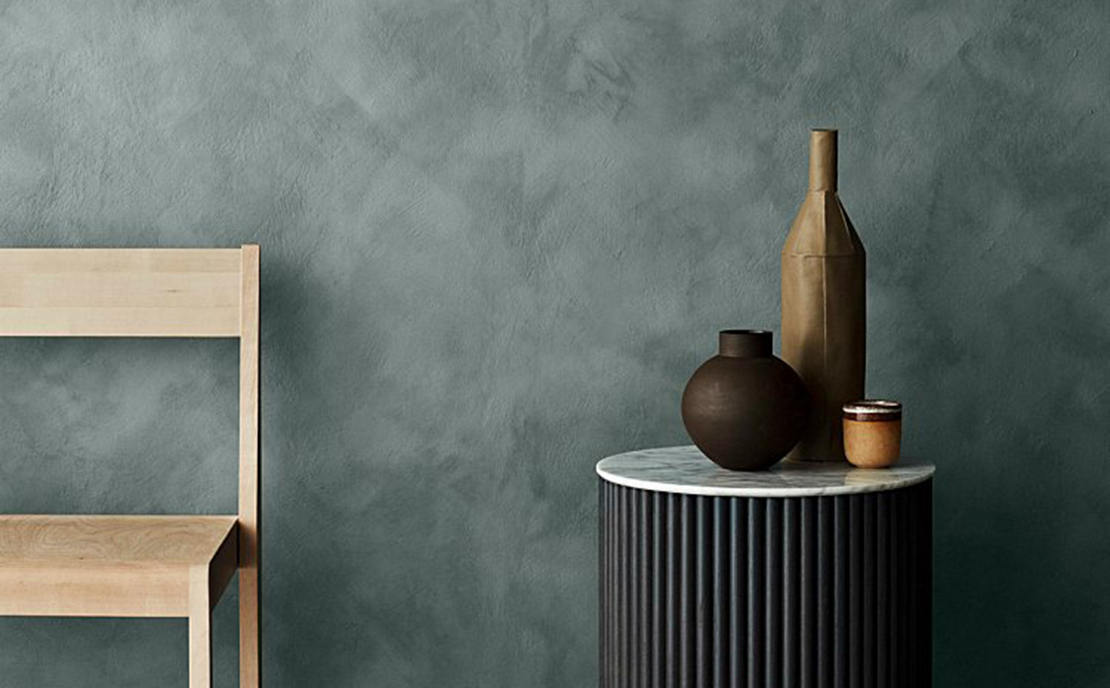
Types of decorative paints for walls
There is a wide range of paints for decorating walls depending on the use and performance sought. In the list we have made, we have taken into account the most frequent ones to renovate the rooms of the home.
1. Plastic or latex paint
Plastic or latex paint is the most common for interior walls. Although it is true that depending on its composition, it can sometimes also be used outdoors.
It is characterised by being a water-based paint, which avoids the often unpleasant smells of solvent-based ones. In this regard, it guarantees water resistance. Moreover, it is very easy to apply, can be washed and dries very quickly. On the other hand, it is not recommended on untreated wood surfaces.
A plastic or latex paint that in turn divides into acrylic and vinyl and offers three types of finishes: matte, satin and gloss.
Matte plastic paint: more opaque finish and without shine. It's a bit harder to wash but it's perfect for walls with very noticeable defects or that are many years old.
Satin plastic paint: halfway between the matte finish and the glossy finish. Highly recommended for painting polished walls or with intense colours, as it enhances the tone of them.
Glossy plastic paint: more reflective finish. It cleans very easily with water, so it is an ideal decorative paint for rooms such as bathrooms and kitchens. It will be necessary, however, to sand the wall beforehand.
1.1 Acrylic paint
Paint with superior resistances, both indoors and outdoors. It ensures greater waterproofing power on walls and, in addition, perfectly withstands mould and sunlight. It has excellent adhesion on many materials, except for untreated wood surfaces.
1.2 Vinyl paint
The versatility of vinyl plastic paint is greater, as well as its flexibility. Similarly, its smell is practically imperceptible and its application simple.
2. Synthetic enamel paint
Paint composed of synthetic resins to the solvent. Therefore, unlike plastic paint, it is much more durable and resistant. It also preserves the shine of the surface very well, even in outdoor spaces because it resists water and humidity better. The finishes it offers are smoother. It is mainly used on wooden or metal walls, although its field of application is much more extensive.
However, it requires a longer drying period and special care must be taken with the intrinsic gases of this decorative paint for walls. Gases that can be harmful and even cause dizziness if the space is not adequately ventilated.
3. Acrylic enamel paint
Its name leaves no room for mystery. Paint formulated with acrylic resins, catalysts and pigments. Completely soluble in water and odourless, so there is no need to be as rigorous with the ventilation of the room as with synthetic enamel paints. They are frequently used in artistic decoration.
4. Primer Paints
Prior coating that serves as a base for decorative paint. The purpose of the primer is to consolidate the support and facilitate the subsequent absorption of the paint used to decorate and finish the wall. Adhesion improves exponentially, minimises imperfections and at the same time reduces the cost of finish paint.
5. Varnishes
Varnishes are used to protect any type of paint as well as giving them shine or colour. Normally, they are made from polyurethane. They stand out for their waterproof properties, durability and resistance to abrasion.
5. Mineral or silicate paint
Thanks to its high coverage power and its permeability to water vapour, mineral or silicate paint is mainly indicated for walls that have moisture problems.
Decorative paint based on inorganic mineral pigments and insoluble silicates. In appearance, they resemble lime paint but are of higher quality and more resistant. As they are made with renewable raw materials, they can be classified as ecological paints.
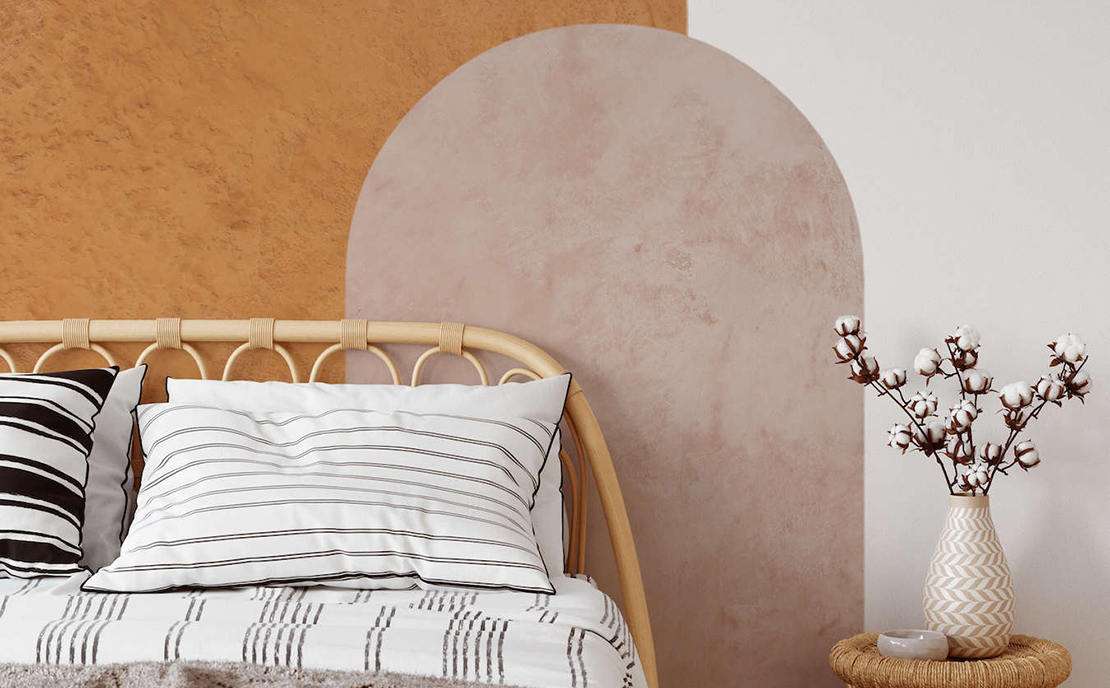
Decorative painting techniques for walls
Paintings constitute one of the most used resources to adorn walls, thanks to the plurality of effects that can be achieved. There are numerous decorative painting techniques for walls to choose from that best suit the demands and needs. Next, we are going to expose the main ones.
Florentine lands
The peculiarity of the decorative technique of the Florentine lands lies in the special resins of its composition. Resins in various colours that are responsible for that characteristic finish when they expand on the walls. Beyond the fact that there is a wide range of colours, the Florentine lands stand out for their good hardness and resistance, as well as being easily washable.
The Florentine lands are ultimately a stucco with shaded and aged effects that imitates Renaissance-style walls. A very specialised decorative painting technique for walls, with soft textures and small reliefs. Although its application is diverse, white is generally used on coloured backgrounds or previously mixed natural dyes.
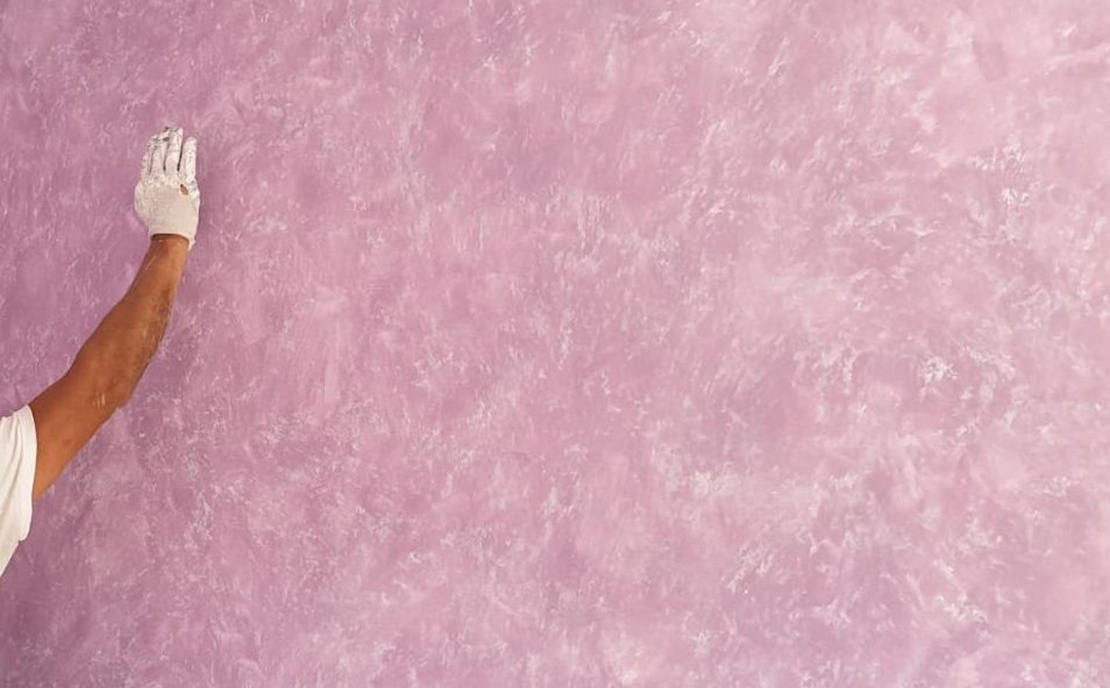
Venetian stucco
The Venetian stuccoit is another of the most primary and important decorative painting techniques for walls. Originating from Venice, it is an aesthetic effect resulting from the use of a paste made with marble powder, lime, pigments and plaster whose finish closely resembles marble due to that unique shine.
Among its most interesting benefits, is its resistance to moisture and its breathability. A paint of great durability that enhances the space and also has the added value of being composed of natural elements.
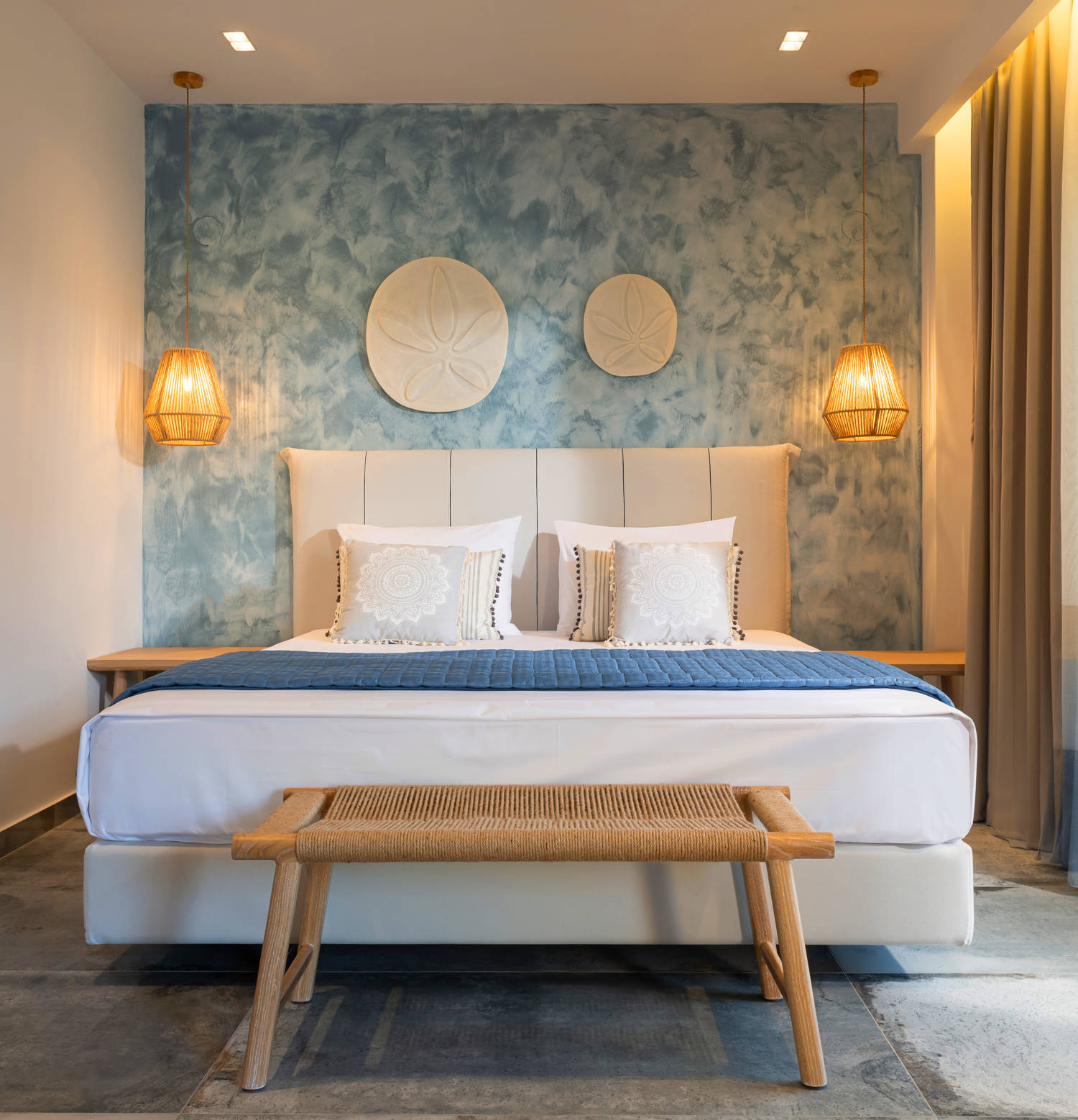
Sponging technique
Another of the most commonly used decorative painting techniques for walls is sponging. It consists of gently and repeatedly dabbing with a sponge on the surface until the desired finish is achieved. The effect will be better the wider the pore is.
A finish that adds depth and volume to the room and is very easy and economical. Ideal for large surfaces where the contrast is more striking. We recommend using a natural sponge for a more elaborate effect.
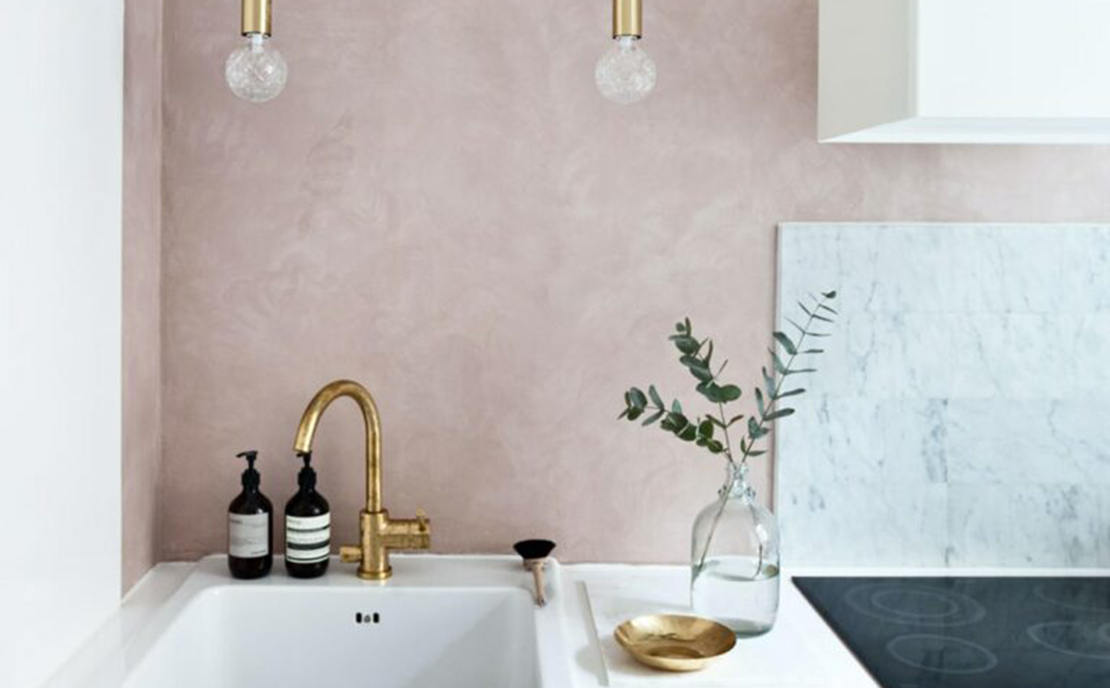
Rust effect paint
The rusted finish is a aesthetic resource that prevails in interior decoration, especially on walls. A rustic look that despite symbolising the passage of time, the natural ageing of things, is very much liked. Using a paint is the most comfortable, quick and economical way to achieve this finish. A decorative technique for walls that is not limited to the home, but is also a protagonist in fashion shop windows, top-level restaurants, luxury hotels and even vehicles.
At Topciment we have developed arust effect paintthat does not limit creativity. A product of many nuances that can be used on interior walls as well as on building facades, thanks to its weather resistance. A paint that includes metallic particles of copper, bronze, iron and brass and that can also be used as metallic paint. Its versatility knows no boundaries. It is compatible with a multitude of supports: microcement, concrete, brick, ceramic, metal, plaster, plasterboard, paper, etc. What are you waiting for to get to know it?
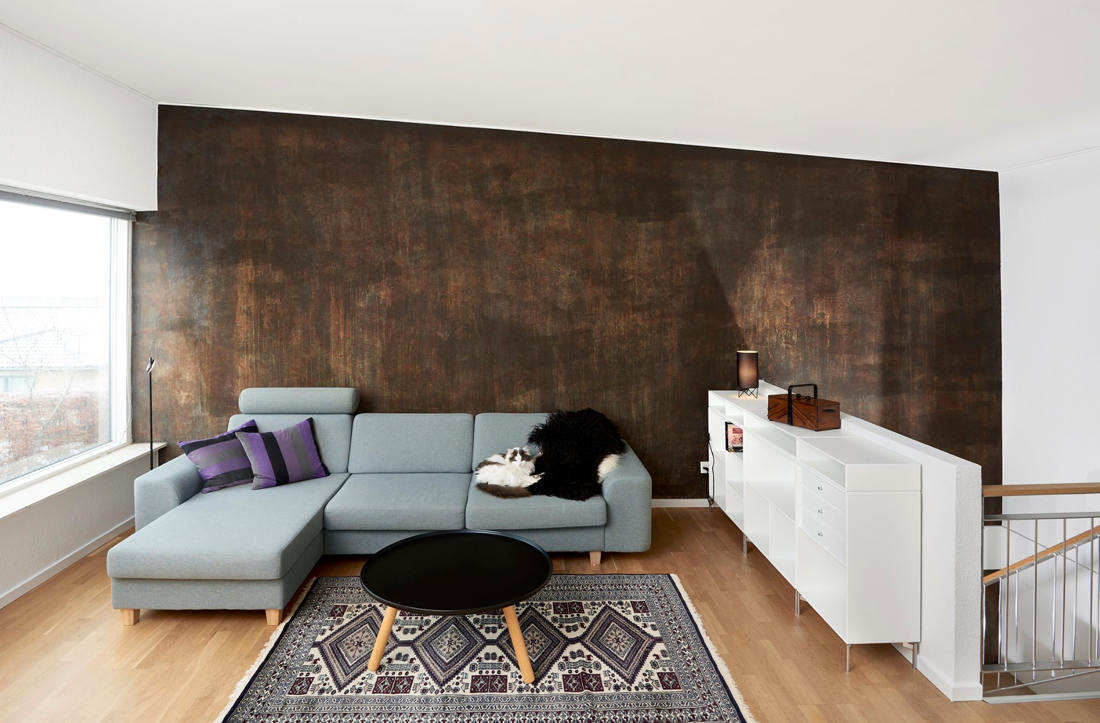
Decorative rollers
Decorative rollers are not a new decorative painting technique for walls, however it has come back into fashion in recent years. Thanks to these rubber rollers with relief and the most varied designs, all kinds of decorative effects are created on the wall with great ease. The result is similar to that of wallpaper, with the obvious differences.
You simply have to stain the roller with the chosen paint and gradually mark the roller's design on the wall. This creates a repetitive pattern that covers the entire surface of the wall.
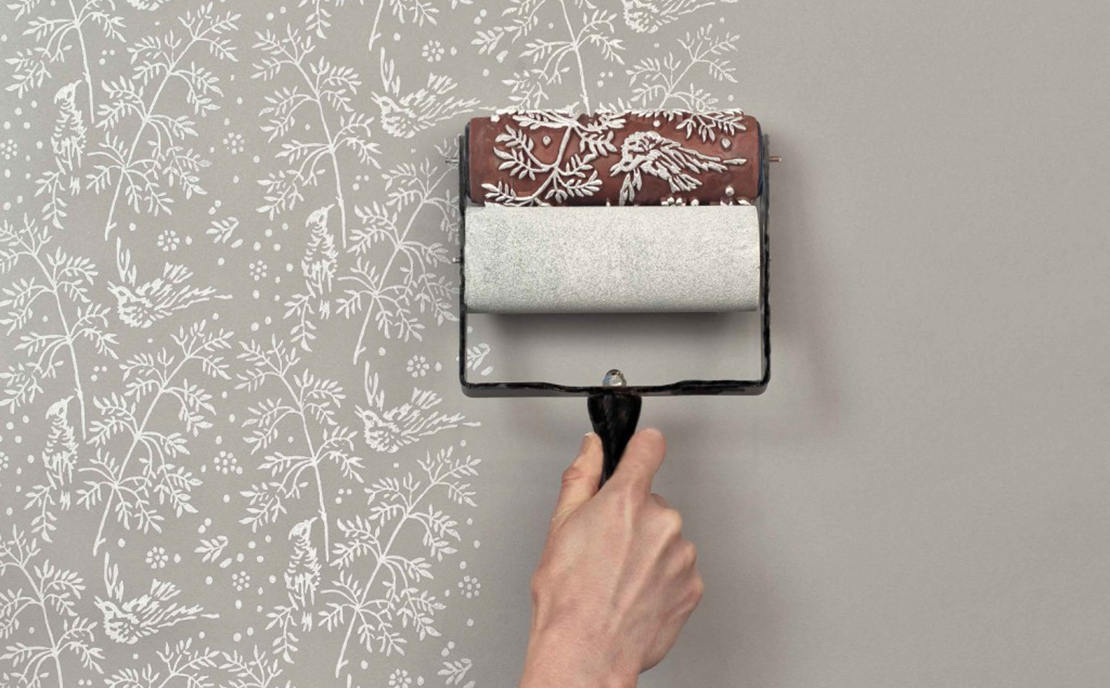
Glazes
Glazes are very thin layers of paint, transparent or semi-transparent in colour, that allow the underlying layer to be seen. A decorative painting technique for walls that has been used for centuries with the aim of highlighting or reducing their temperature and making them more opaque or shiny.
At Topciment, we have glazeswith metal effect and glitter that are not only applicable on walls, but also on floors and even furniture. Very resistant patinas that allow countless combinations to beautify all types of surfaces.
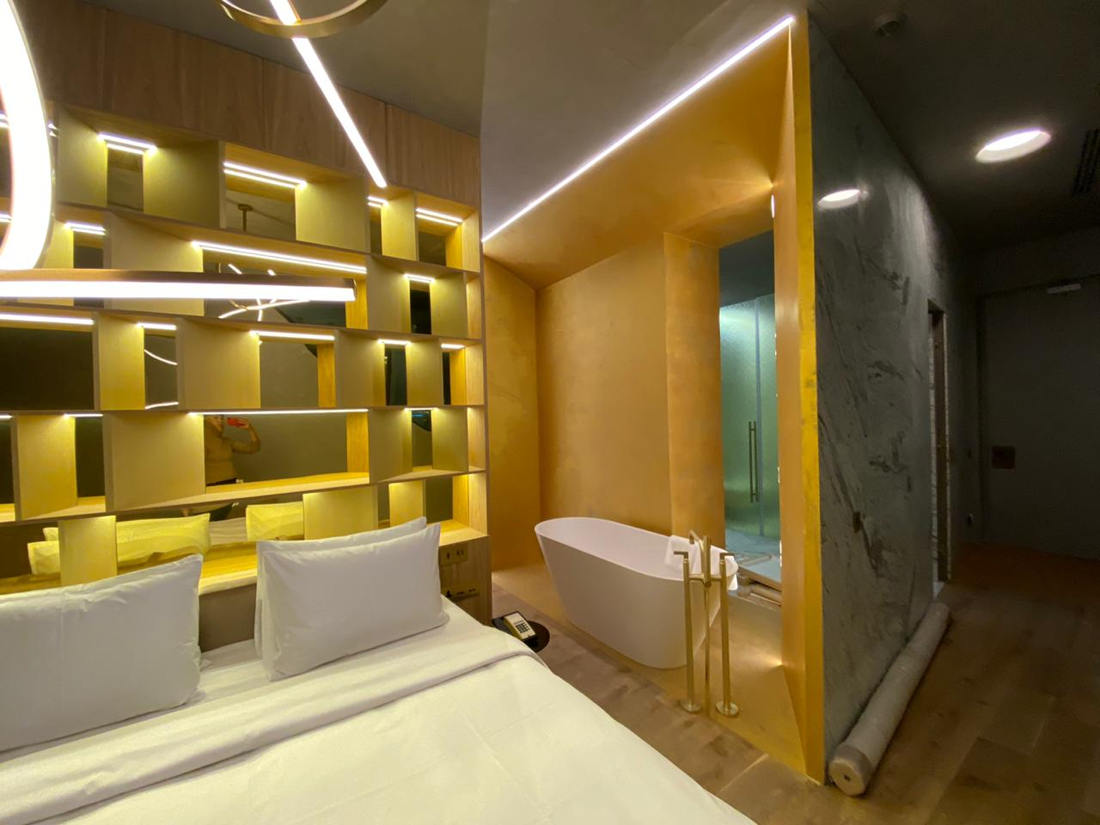
Styles of decorative paintings that are trending
With decorative paints, you can emulate the appearance of some materials that are much more expensive. Depending on each person's creativity, you can create one atmosphere or another to renew the space and make it stand out from the rest of the rooms. Opt for a more traditional decoration or one that breaks with everything established and that impacts at first sight.
It's all a matter of fashion, or not. What is clear is that with this decorative technique, great changes can be achieved quickly. Next, we are going to analyse the styles that are most popular in interior decoration. From the most classic to the most current.
Classic or Nordic style
The classic does not have to be at odds with the avant-garde. In fact, minimalist decoration or with influence from Scandinavian countries is one of the most popular trends. Opting for light colours such as white or beige for the walls and combining it with wooden furniture or parquet floors, is always elegant.
The classic style and the Nordic style are defined by smooth and uniform finishes, avoiding extravagances at all costs. An elegant, timeless and comfortable atmosphere that is very easy to achieve with a decorative paint for the walls.
Gradient style for an accent wall
The gradient style is a peculiar way of painting walls because visually it seems that they have been left half done. A technique in which different shades of the same colour are usually used and whose effect is spectacular. It is one of the favourite styles to achieve what is called an accent wall, which will stand out from the rest.
The wall to be painted must be divided into three parts. First, the entire surface is painted with the lightest colour. Then, the intermediate colour is used up to the line that has been drawn. With the help of a brush, when the paint is still wet, blur the line or edge. Next, paint the strip or bottom part with the darkest shade and, as done before, blur the edges with a brush until the strips are not visible.
Vintage style
The vintage style is one of the most resorted resources, and also the most striking, to give character to the space. And one of the most accessible options to achieve it is to renew the wall with a decorative paint that offers such a finish. Browns are the most common colours of this type of paints that quickly achieve a natural ageing on the walls. As natural as life itself.
Topciment, manufacturer of quality decorative paints
For over 15 years, we have been developing all types of coatings. Among them, we manufacture different quality decorative paints for floors and walls depending on the finish sought. Visit our websiteand discover the advantages of each of the options we offer to professionals.
Subscribe to our newsletter
Receive in your email tips for the application and care of microcement, the latest trends and news from Topciment products.




